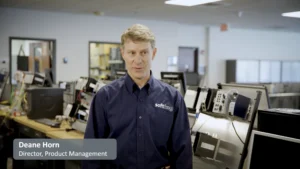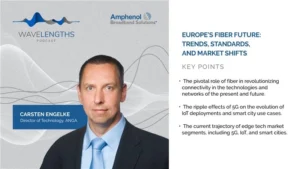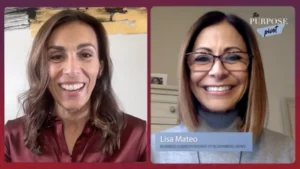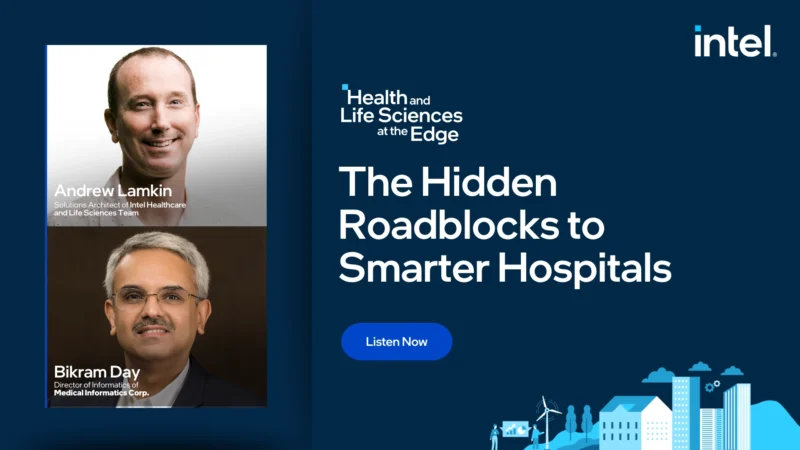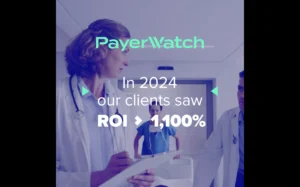NAVIGATING THE AGILE APPROACH TO MEDICAL PRODUCT DEVELOPMENT
Engineers love to build things! Sunrise is working to keep it that way.
Traditionally, development of medical products was done using a “waterfall” development process where each phase of a project builds on the previous phase to deliver exactly what was defined in requirements up front. Agile offers a more flexible approach that maintains the needed medical rigor, maximizes learning, and allows requirements to evolve to a more optimum solution.
As identified in AAMI TIR45:2012, the Agile approach to Medical Product development is intended to improve development in 5 basic areas:
- Quality
- Productivity
- Predictability
- Product effectiveness
- Safety
Quality is measured during development rather than waiting until the project is complete. The Agile methodology builds the concept of “done” into the process by requiring testing as you go. This in turn, improves on productivity as the engineers who work on the project understand before approaching a task what it means to be “done.” The engineers, on a regular basis, and regardless of the stage of development, demonstrate an operational product to the “owner”.
These frequent demonstrations improve product effectiveness as the “owner” is able to see, touch, and feel the product during the entire process. This also helps to predict when and where the project is with relation to schedule and cost.
Questions concerning product safety, clinician-backed confidence, and consumer opinion are a few of many inquiries that can direct the course of a medical product’s development. Setting strict feature sets without the ability to adjust; strict schedules without the ability to adjust; and rigid budgets without the ability to adjust can be detrimental to the end goal. As a result, Agile product development has become an increasingly popular approach to developing medical products.
The Agile methodology enhances an engineer’s fundamental thought process by:
- Decomposing large problems into manageable tasks called stories
- Defining “Done” for each story
- Providing better visibility for team members, management, and the client about the progress of projects
- Consistently building products using the same process throughout the company and with all disciplines
Agile product development is customer focused. The process encourages stakeholder and developer collaboration, and bases success on the safety and efficacy efficiency of the final product. A few ways to approach this type of project management style in the development of medical devices are:
Safety and Risk
With the needs of the end user clearly identified, the solution must be designed to solve the problem at hand without undue risk and safety exposure. Risk management activities are part of the development process, and integrating risk management into product development is critical to ensure safety and efficacy. Risk mitigations are converted into requirements, and ultimately into Agile stories and managed like any other feature. These safety requirements are decomposed into manageable tasks and put into stories.
System and Software Architecture
System and Software development is highly iterative by nature, more so when using the agile development process. Developing robust system and software architectures during the planning phases provides a proper foundation for the subsequent design phases.
Team Synergy
Collaboration among team members is essential to ensuring that product development stays on track. Knowledge barriers can be avoided when team members are aware of the bigger picture and understand where the project is and where the project is going. Agile development encourages collaboration to break down roadblocks and spur productivity. Using Agile development across the organization helps engineers and managers to coordinate activities across disciplines including electrical and mechanical engineering.
Feedback Loop
As mentioned above, demonstrations of prototypes to stakeholders in the early phases can yield valuable feedback to improve and refine the final product before costly V&V activities commence. Required usability studies for medical products by the FDA and ISO are other more formal opportunities to gather feedback. The Agile process requires the product is operational after each step in the process, ensuring working prototypes for testing.
Sunrise Solution
Developing medical products is fun. Our goal at Sunrise is to keep it that way and make it more a more predictable process that meets the customer’s needs. The Agile methodology is a powerful tool that can be utilized in the medical product development process to allow flexibility and aid in creating improved products.
Sunrise Labs has the expertise to take innovative ideas from concept to reality. The commercial medical device industry is complex and in constant flux, therefore clients leverage our expertise to overcome design challenges while satisfying regulatory requirements. At Sunrise, our passion is improving patient outcomes by helping our clients succeed in the development of beneficial medical devices.
Learn more about Sunrise Labs, our team, services, and values today.
Read more at sunriselabs.com



